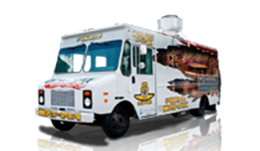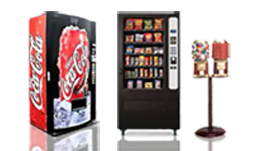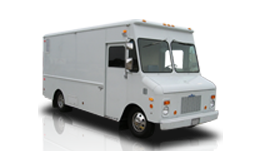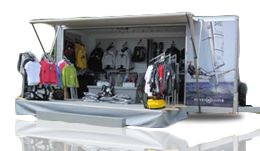5 Surefire Tips to Maintain Proper Semi Truck Tire Pressure
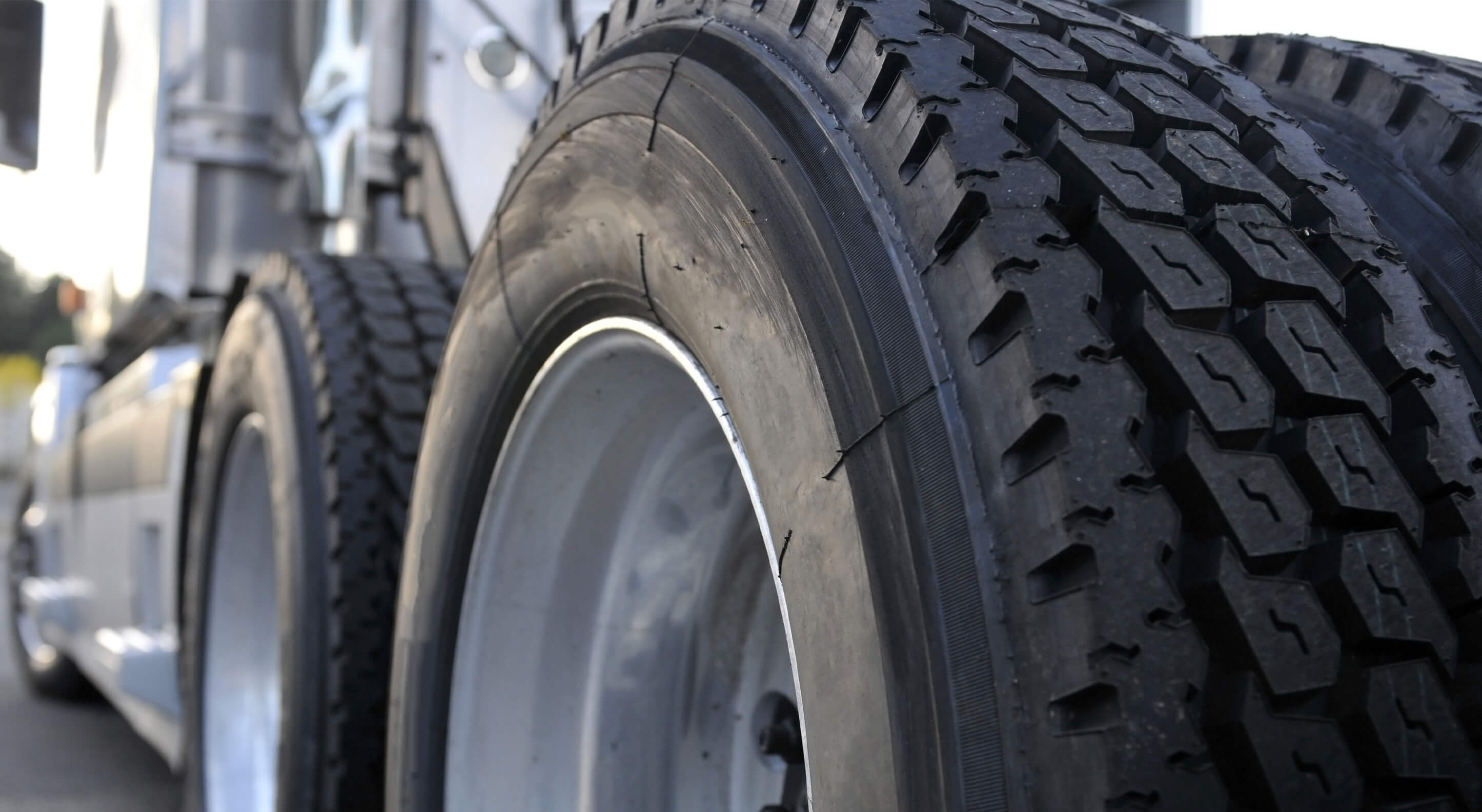
While not that many people give tire pressure a second thought, getting it right when it comes to semi truck tires is essential not only to the vehicle’s performance and condition but also to the driver’s safety.
If you think achieving the right pressure for your semi truck’s tires is as easy as inflating them while keeping a close eye so they don’t burst, it’s actually more complicated than that. If you accidentally run them lower than the recommended pressure, you’ll be at risk of careering off the road when it rains. But if you set the pressure exactly to spec, it’ll be off when the weather becomes unseasonably hot or cold, so you’ll still be in danger.
Good thing maintaining the appropriate semi truck tire pressure isn’t impossible. Take these 5 tips to heart and you’ll never have to worry too much about your semi truck breaking down or losing life and limb due to having the tires’ pressure way off.
Follow the Manufacturer’s Instructions
You’d think it’s easy to stick with what the manufacturers’ say about how to operate semi trucks, but it isn’t. Most people go by their gut or whatever their friends tell them instead. If you’ve ever tried to put furniture together, you know what we’re talking about.
To stay safe and keep your semi truck in tip-top shape, start by doing as the manufacturer says. You can find the instructions in the manual. Tables showing the different minimum and maximum semi truck tire pressure ranges are usually included, so you’ll have plenty of options to choose from to figure out the right one for your semi truck’s tires.
Regularly Check for Inside Tire Wear and Tear
Maintaining proper semi truck tire pressure doesn’t stop at getting the right pressure down pat. You also need to keep all your tires in good shape. That includes the inside tires. The better you are at protecting all of them from undue wear and tear, the better they can maintain the proper pressure.
To keep inside tire wear and tear to a minimum, you need to keep a lookout for it.
Some of the Common Causes of Excess Inside Tire Wear and Tear
Camber issues. “Camber” refers to how straight all the tires are with your semi truck’s full weight on them. If their bottoms lean to the outside, they have excessive toe-out or a negative camber angle. That will cause the inside treads to wear out faster than the center and outer edges.
Misalignment. Hitting a pothole hard enough can knock your camber out of alignment, putting your tires at risk of wearing out sooner than you’d like. A sure sign of this is if your semi truck pulls in one direction even if you’re driving on a flat road.
Worn-out tire rods. Connected directly to the steering linkage, the two inner and outer tire rods keep all the wheels steady and make sure the front tires turn simultaneously. They wear out quickly if not greased regularly. Avoid this by having them greased every time you get an oil change.
Worn-out ball joints. Connected to the tire rods, the ball joints make sure your semi truck steers correctly. They keep the steering knuckle in place even when you go on rough roads. That means they inevitably wear out. Have them replaced as soon as possible once you suspect they’re no longer in working order.
Make Sure All Your Tires Are Aligned
As we already mentioned, your tires need to be aligned so your semi truck performs well and stays in great condition for as long as possible, lowering your risk of having a life-threatening accident out on the road. You can’t make sure by yourself, but there are a few things to keep in mind to know whether the job was done properly.
Aside from checking whether the length between the tie rods’ ends have been adjusted or replaced if needed and whether the camber was aligned correctly, you need to check whether the king pin is worn out and whether the rear axles are straight. If the king pin is bent or loose, have them replaced or tightened right away. If the rear axles don’t travel 90° to the center of the frame, have them adjusted.
Also Make Sure All Your Tires Are Balanced
It would be quite a task to find a bigger vehicle than semi trucks on the road. They’re hefty machines with many different parts. No matter how small, each part is important. If even just one is out of whack, no matter how well-built the rest of its parts are, a semi truck won’t work as well as it should. That’s why it’s so important to have all its tires balanced.
You can pinpoint the problem area or areas by watching out for any vibrations. If one of your front tires is the problem, the steering wheel will vibrate. This can be fixed by attaching small weights to it.
Rotate Your Tires Regularly
Just like with a regular car, you need to have your semi truck’s tires rotated on a regular basis. Otherwise, some of the tires will wear out faster than the rest. This is a bigger problem for semi trucks than other vehicles since they’re used to haul heavy loads, so don’t forget. You’ll find out the appropriate frequency in the manual.
Last Takeaway
Huge and powerful, semi trucks can appear to be indestructible, but they aren’t. Even a relatively small issue, like not having the proper tire pressure, can get out of hand if handled poorly. Follow our tips for maintaining proper semi truck tire pressure to not only get the best out of your semi truck but also to enjoy safe trips each and every time.


